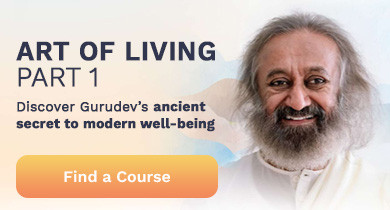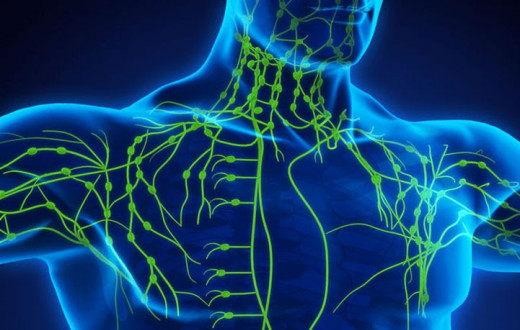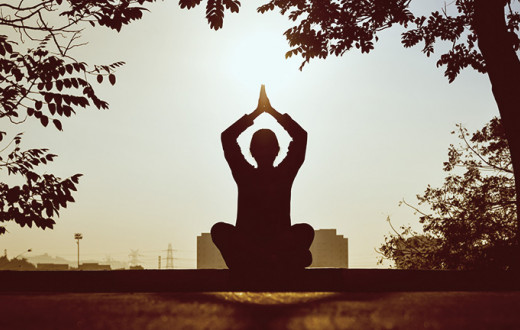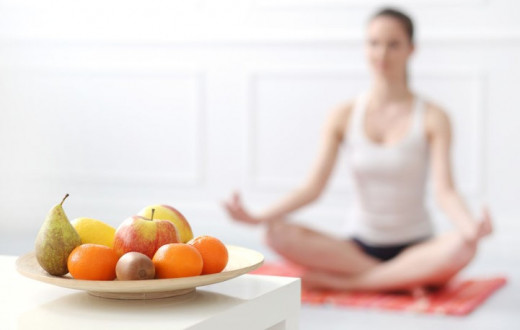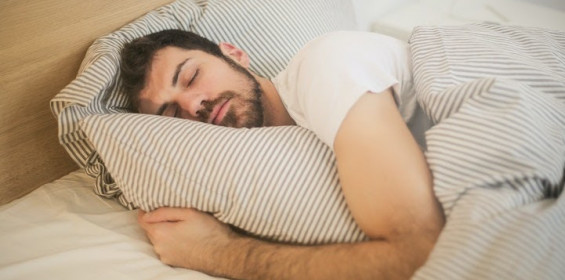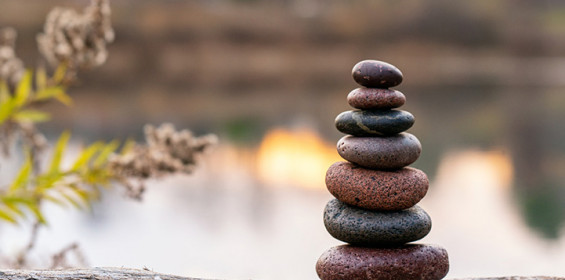By Manmohan Singh | Posted: September 24, 2018
The term “self-esteem” defines the way in which we perceive ourselves. People with high self-esteem have a very healthy opinion of themselves, and they tend to focus on their growth and achievements. On the other hand, individuals with low self-esteem lack confidence, feel unhappy, dissatisfied, or full of inferiority complexes, and might exhibit negative behavior the majority of the time.
We all have our share of highs and lows, and everyone feels low on confidence at times. However, when low-self esteem becomes a prolonged problem it can lead to serious health consequences, on both physical and mental levels. Low self-confidence puts us at risk of not living our lives to our full potential and developing a fragile sense of the Self.
Causes of low-self esteem:
People of all age and gender can have low-self esteem issues. Here are some of the common causes of low confidence levels:
- Negative authority: When the authoritative figures like parents, guardians, seniors, or teachers are overly harsh, critical, and cruel, it can negatively impact children and can develop feelings of fear and inferiority in them.
- Stressful events: Bereavement, physical or mental trauma, stressful events impact the self-esteem of people in bad ways.
- Bullying: Bullying and other cruelties harshly impact one’s confidence, courage, and self-esteem levels.
- Negative relationships: Divorce and unhealthy relationships between parents can affect children, and being brought up in an unloving environment can have a lasting impact on a child’s life.
- Negative personality: Some people are simply prone to negative thinking.
How self-esteem impacts the person’s health and life?
Poor self-esteem can hamper the life of a person in many ways:
- Depression: People with low-confidence levels are often prone to pessimism, which can contribute to feelings of constant dissatisfaction, sadness, anxiety, and more. These form the symptoms of depression, a mental disease that is highly harmful and increasingly common.
- Lack of self love and care: People with low-self esteem tend to develop a negligent attitude towards themselves, and often indulge in damaging habits like binge drinking, overeating, and even self-harm.
- Eating disorders: Low self-esteem affects a person’s relationship with food. Either they eat too much or too little--both forms of eating disorders. There are several who struggle with the very act of eating.
- Poor body image: It has been observed that girls with low self-esteem are highly vulnerable to the perceptions of an ideal body image.
How to improve self-esteem
Low self-esteem comes in all shapes and sizes. The science of yoga and meditation are two trusted and natural ways of building self-esteem, boosting confidence, and treating the diverse problems that can come with low self-worth.
How Yoga helps:
- Heal depression: Yogic practices help combat feelings of stress and depression. Diverse yoga postures activate the parasympathetic nervous system, and meditation practices foster overall goodness.
- Better self-image: Yoga is an art that enhances the self-image and self-worth of practitioners. The spiritual aspect of yoga focuses on an inward connection that makes practitioners more in tune with their body and feelings. The connection to the self makes us feel good in our own skin.
- Enhance focus: People with low-confidence levels face difficulty in concentrating. Yoga postures and meditation encourage individuals to focus at a particular point, helping them develop higher focus.
- Encourages mindful eating and overall health: Yoga promotes mindful eating through the wisdom of yogic diet, a better mind-body connection, low-stress levels, and more. Yoga is also highly beneficial in healing episodes of trauma, physical suffering, and increasing well-being.
Yoga postures and meditation practices for building self-esteem:
- Warrior III (Virabhadrasana): A fiery pose to balance the core and to promote overall body strength. Come into the warrior pose by lifting the left leg behind in a high lunge position. Keep your mind and gaze fixed on a point to feel the power of the pose. Stretch the arms forward, palms facing each other.
- Half-moon pose (Ardha chandrasana): A challenging yoga posture to soothe a mind full of self-doubt, and one that helps build self-confidence. Perform extended triangle pose to the right side. Lift the left leg up and bear the body weight on the right leg. Raise the left hand up and keep the right hand on the ground.
- Child pose: (Balasana): A deeply restful posture that melts away all the anxiety and helps to alleviate depression. Start in a kneeling position. Fold forward and rest your head on the ground. Keep the arms long in front of you.
Meditation practices for high self-esteem:
Vedic meditation: Vedic meditation bestows benefits like lower stress levels, mental clarity, more creativity, and greater self-knowledge.
- Sahaj Samadhi meditation: This effortless meditation technique is good for savoring calmness, improving brain functions, heightening health and better sleep patterns.
- Rhythmic Breathing meditation: Relish the combined benefits of rhythmic breaths and meditation, including heightened self-esteem, through regular practice of rhythmic breathing practices like Sudarshan Kriya that naturally leads you into a deep state of meditation.
Let the science of yoga and meditation help you become courageous, confident, and lively for living a fulfilling and honored life.
To know more about the Sudarshan Kriya, join Beyond Breath, a free online introductory session.

Manmohan Singh is a passionate yogi, yoga teacher and a traveler in India. He loves writing and reading books related to yoga, health, nature and the Himalayas.

